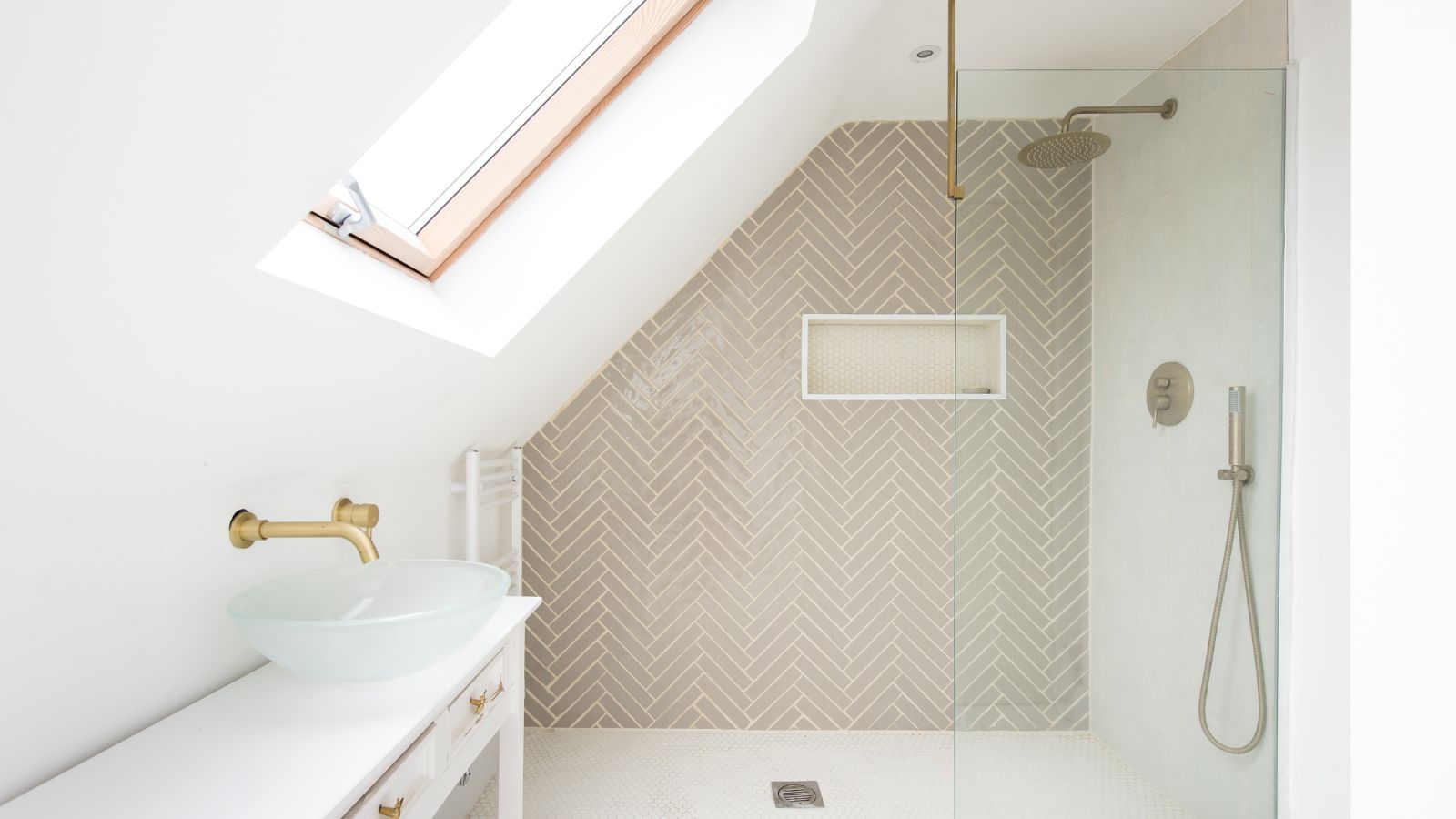
Home insulation is not something many of us think about once it has been installed. When it is in place and hidden from sight, so long as it keeps your home warm or cool, it's fine, right? Wrong. It turns out insulation can grow mold, and it is more common than you think.
Expert contractors have warned that this commonly neglected issue could be damaging both your home and your health.
Here, they break down how insulation gets moldy, how to get rid of black mold, and how to prevent it from growing in the first place to swerve costly insulation replacements and medical bills.
Can insulation grow mold?
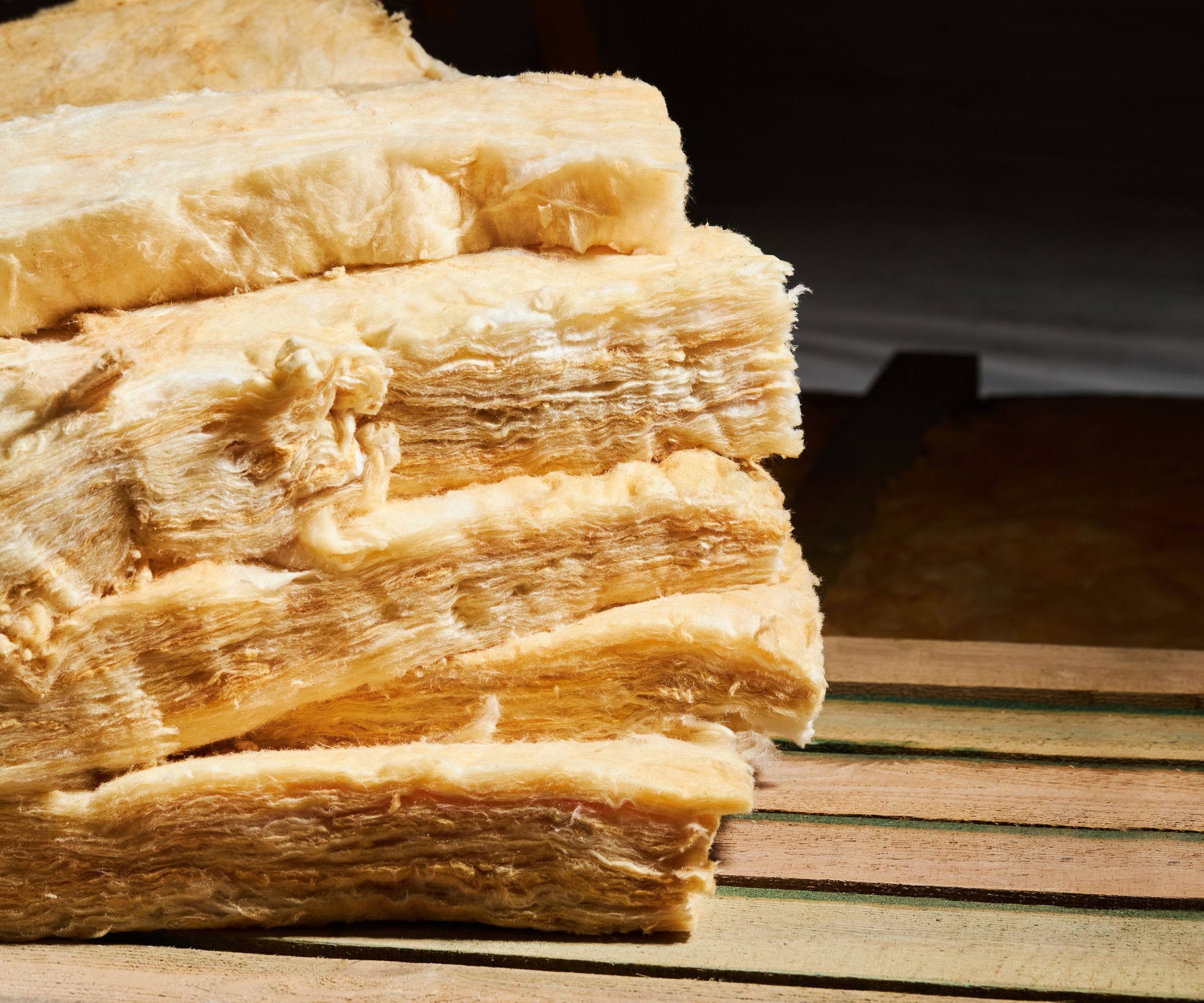
Insulating your home to keep it warm all winter seems like a fantastic idea, but install it incorrectly and it could cause more harm than good.
Rick Doggett, owner of N.J. Basement Waterproofing and French Drains begins, ‘Yes, insulation can get moldy, especially in damp places. When moisture from leaks, humidity, or condensation builds up in insulation, it creates a perfect spot for mold. Materials like fiberglass and cellulose can hold onto moisture, which mold spores love.’
So, if you have have had a leak in a space where there is insulation, check it over.
Tim Wood, founder and CEO of Fix it Today adds insulation mold ‘depends on types of insulation. Mold feeds on cellulose, so any insulation made of cellulose material will be prone to mold, especially if it's exposed to moisture or humidity. In contrast, materials like increasingly popular spray foam insulation materials aren't typically susceptible.’
3 signs your insulation is moldy
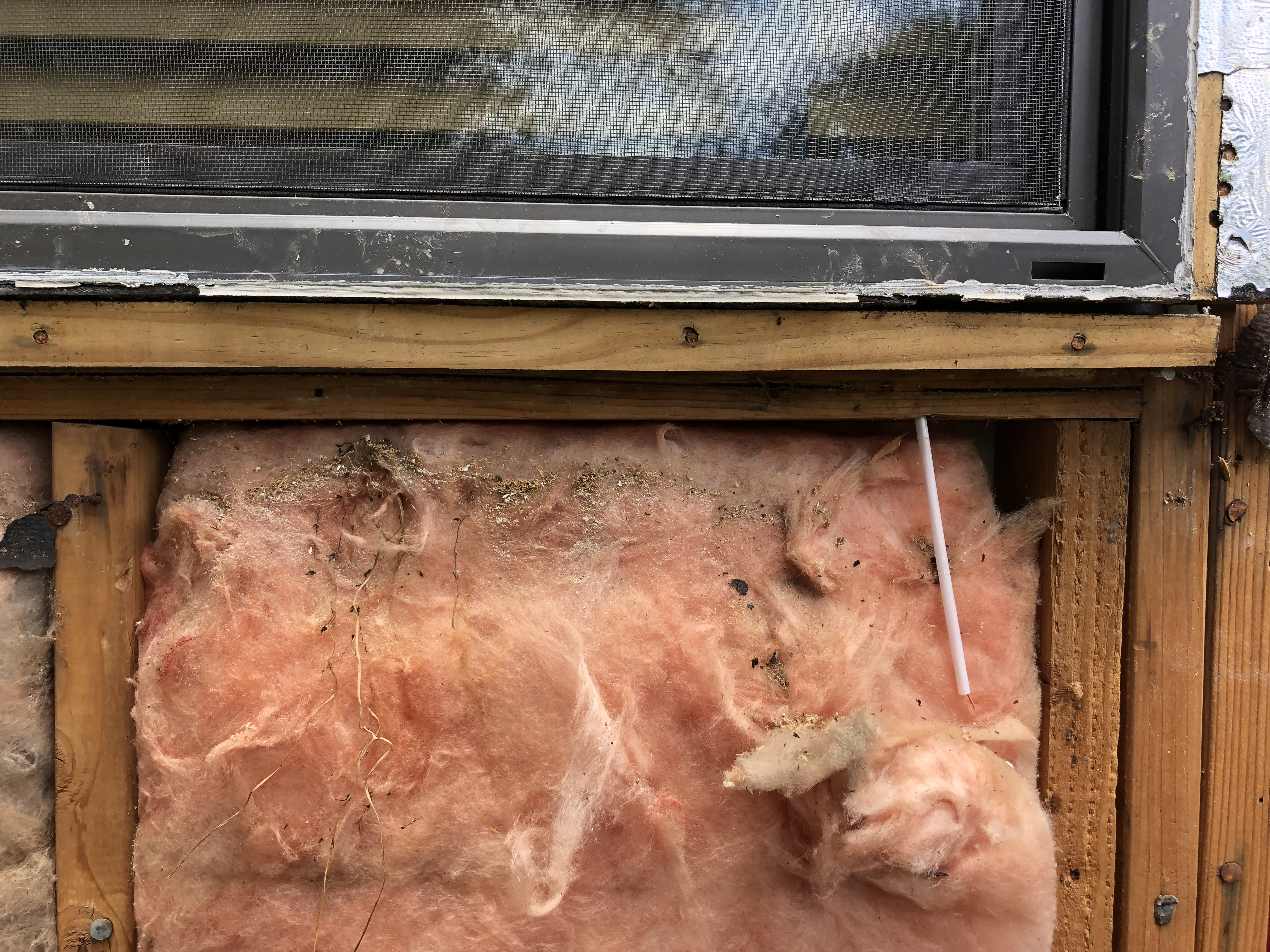
The signs of mold on your insulation are usually the same as the more general signs of mold in your home. This is why it is important to understand how to check for mold in your house, and do so regularly.
1. Visible discoloration
While the visible appearance of mold can differ depending on the type of household mold, they all cause some degree of discoloration – even on insulation.
Rick Doggett, general contractor says, ‘You might notice a musty smell, dark or green spots on the insulation.’
2. A musty smell
If you are wondering why your house smells musty despite your cleaning regime, it could be a sign of moldy insulation.
Jim Thoma, VP of operations at AdvantaClean says, ‘A musty, stale, damp, or pungent odor can indicate a mold issue. Water stains on ceilings or walls could also be an indication of a potential mold problem.’
3. Lingering health problems
Rick Doggett, general contractor adds, ‘The final sign is family members having more allergy symptoms. Sometimes, people experience breathing issues or see a drop in air quality, which can mean mold is growing in hidden spots.’
While an air purifier can help with mold to a small degree, it is always better to find and treat the source to prevent health deterioration and protect your home.

This purifier is capable of cleaning air of up to 1115 square feet, with a powerful HEPA filtration system to capture 99.9% of particulates in the air, helping to deal with floating mold spores alongside cleaning and mold treatments
How to remove mold from insulation

Removing mold from insulation is not as simple as cleaning mold in the shower. You need to take the type of insulation into account, and the scale of the problem.
For that reason, this is typically an issue best dealt with by a professional. They will usually start by removing the affected insulation says Rick Doggett, general contractor.
He explains, ‘If you find mold, the best step is to replace the insulation. Cleaning it off usually doesn’t work and can make the problem worse. Fixing the moisture source, like a leak or poor ventilation, is also important to keep mold from coming back.’
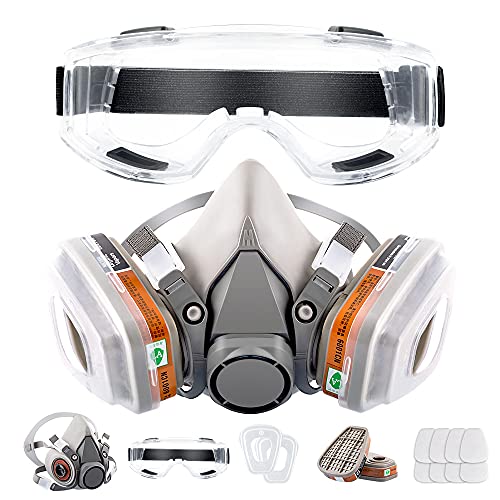
Whenever you are near moldy insulation, you should be wearing the proper safety equipment, notably a dust mask and safety goggles. Gloves too if you are touching it, however this is best left to the professionals
Blerta Morina of Trade Warehouse adds, ‘When you find mold on insulation, it's usually best to replace it. Minor mold on surfaces like rough wood can be treated with bleach [such as Cloralen from Walmart] but bleach won't fully penetrate porous surfaces. In those cases, a strong hydrogen peroxide solution [also available at Walmart] works better.
'When removing any moldy insulation, it's key to seal off the area, use protective gear, and bag up the materials in thick plastic to avoid spreading spores.’
Finally, Jim Thoma, VP of operations at Advanta Clean adds, ‘The area around the insulation will need to properly be remediated by qualified contractors. Remediation will include cleaning the area to remove the mold on other surfaces such as framing.’
How to prevent mold on insulation
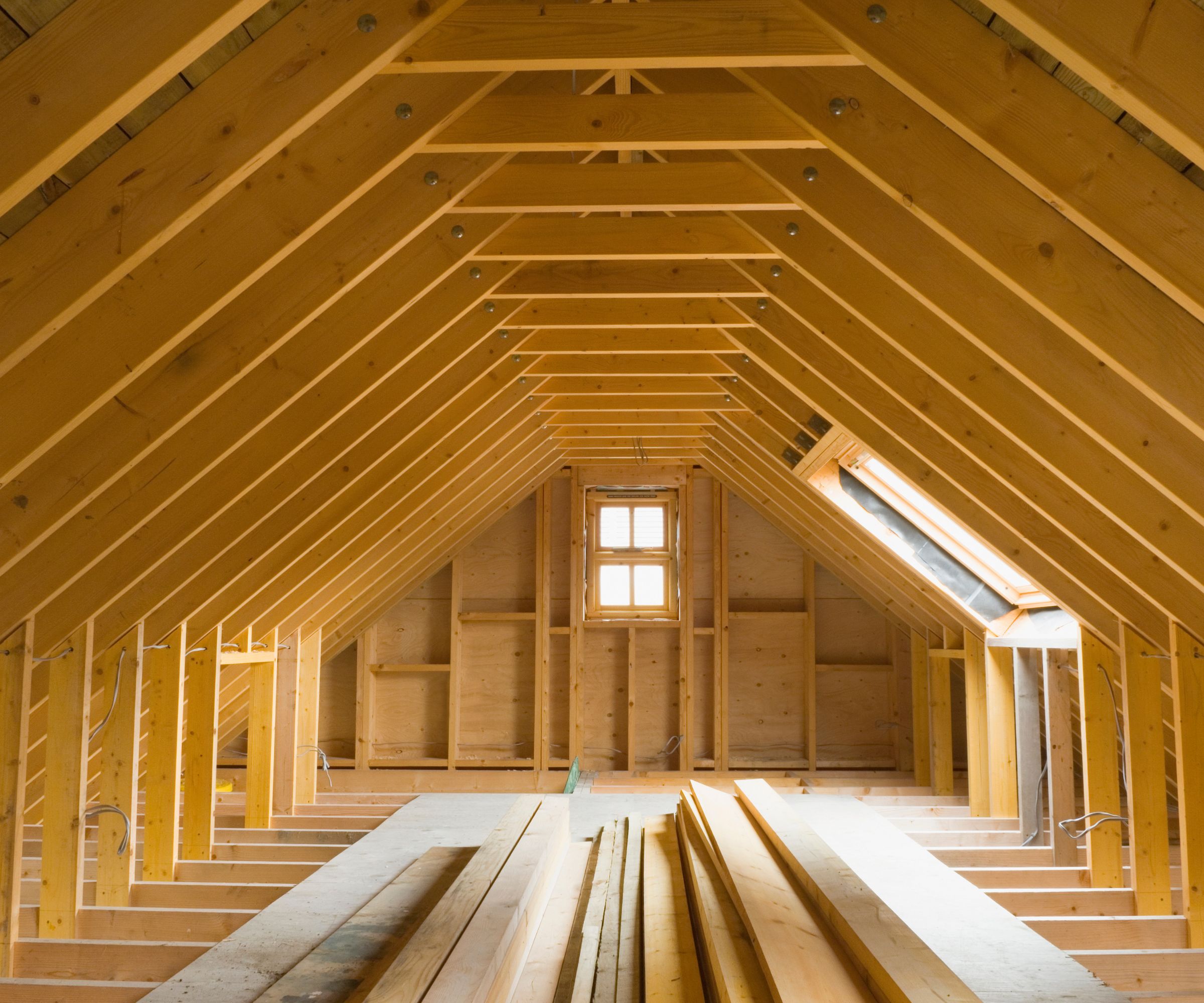
Preventing mold on insulation is the same as preventing it anywhere else in your home, including avoiding bad habits that increase the risk of mold in your home.
1. Keep the area ventilated
The first step is to improve ventilation in your home. This includes ventilating an attic. Rick Doggett, general contractor explains, ‘Keeping moisture under control is key. Good ventilation, vapor barriers, and using the best dehumidifier where needed can help.
‘Waterproofing systems, like using French drains and sump pumps, are also great basement drainage solutions for managing moisture around basements and crawl spaces so mold doesn’t get a chance to take hold.’
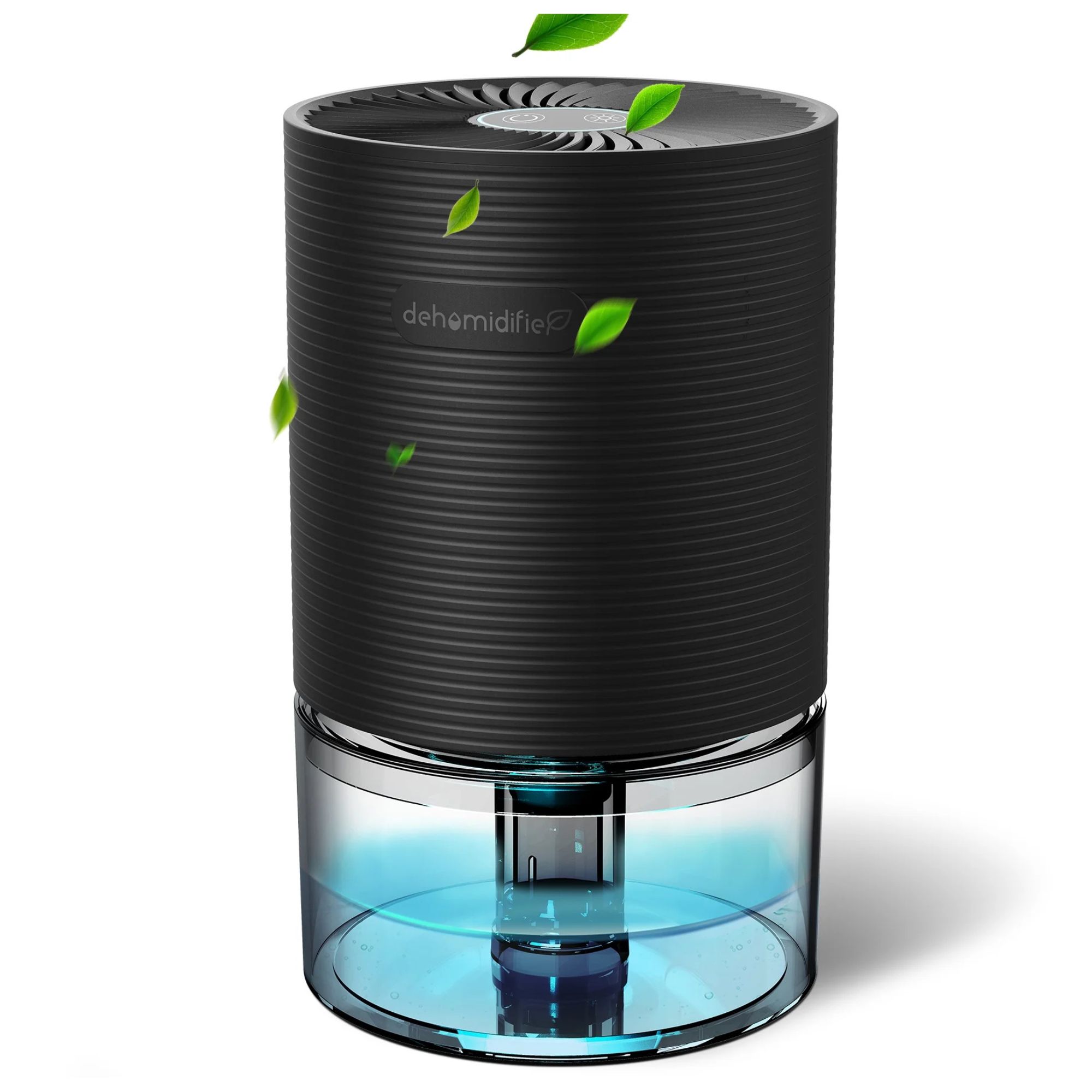
For smaller spaces that need a quick boost, this portable dehumidifier is perfect. However, it will need emptying more frequently, so it isn't great for hard to reach spots
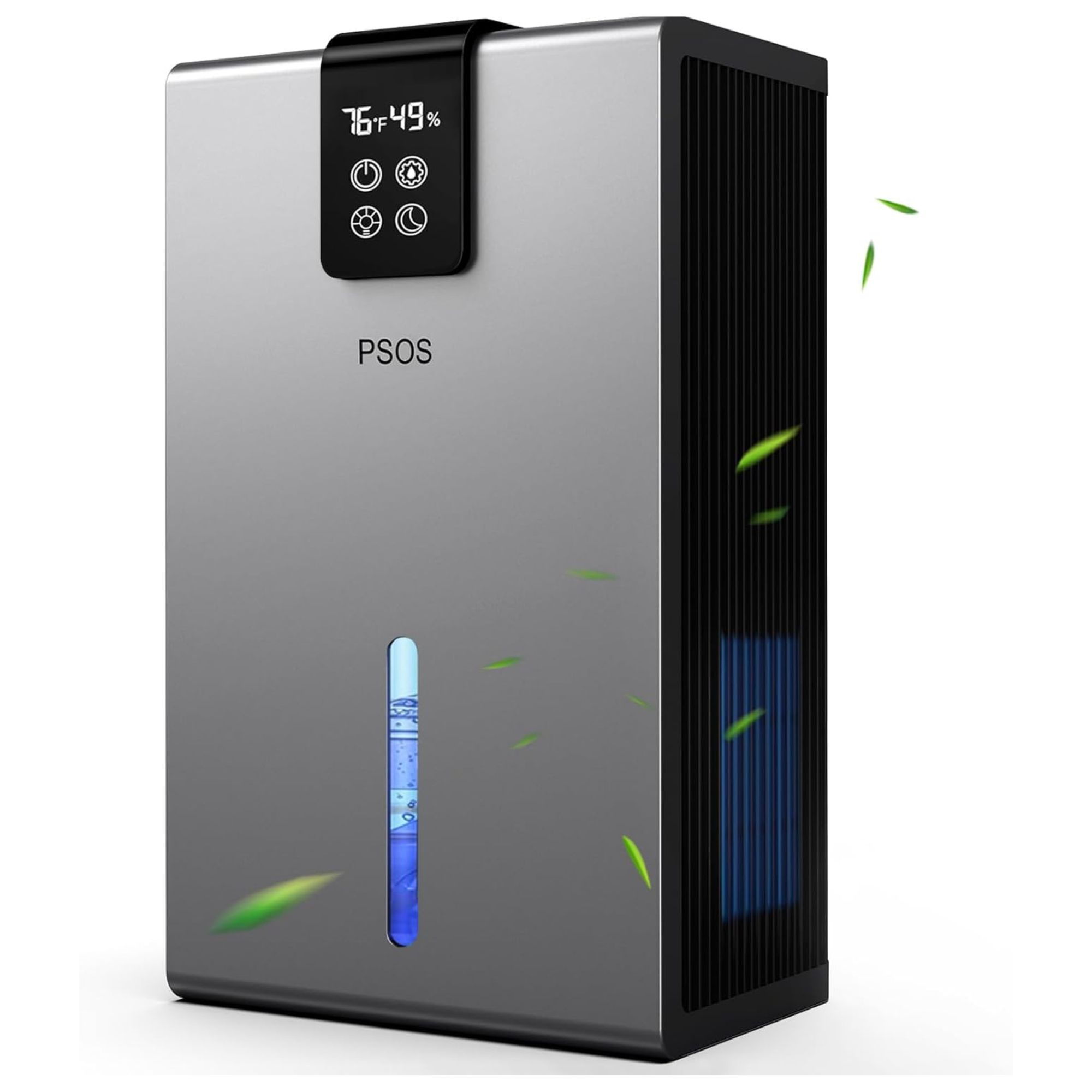
This dehumidifier features adjustable humidity control with a digital display, allowing you perfect control over your insulated areas
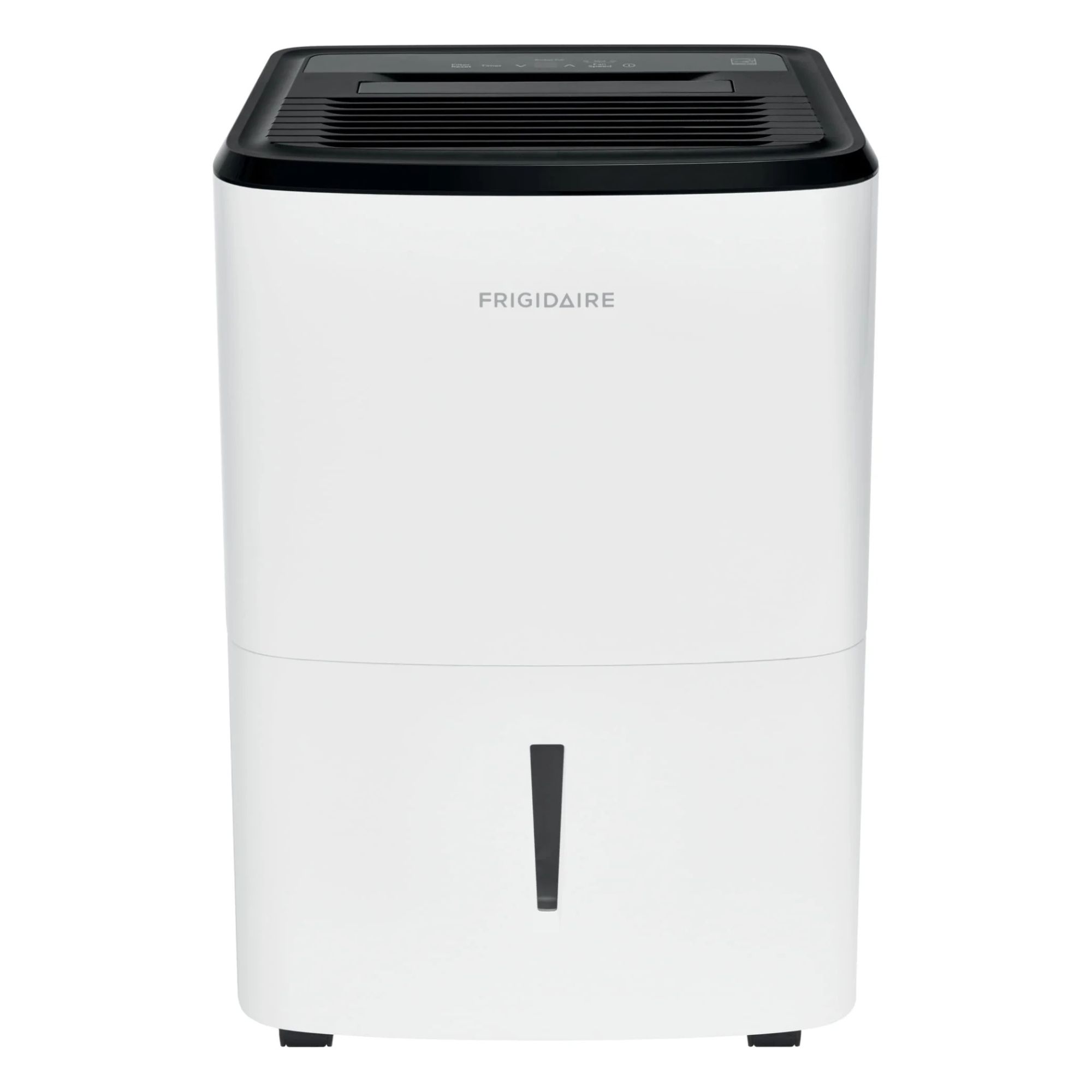
This dehumidifier comes with a washable filter so you can easily maintain your appliances when it's dealing with dusty areas such as attics
2. Prevent leaks
Finding and fixing common household leaks is another must for preventing mold on insulation, says Jim Thoma, VP of operations. ‘The key to preventing mold is moisture control. You will need to identify the source of the water and correct the problem. Seal around windows, doors, and any penetrations through the exterior of a home.’

Seal gaps around windows, doors and vent plates. This paintable sealant suitable for indoor and outdoor use, and dries clear. You'll need a caulk gun to use it.
3. Use a preventative vinegar spray
Vinegar kills mold more effectively than bleach, so Tim Wood, contractor, suggests using it as a defensive strategy against mold growth.
He recommends, ‘To prevent mold growth on cellulose insulation, you can give it a quick vinegar spray. Diluted vinegar can help inhibit mold growth on the surface. Vinegar’s acidity can create a less hospitable environment for mold but use it sparingly to avoid dampening the insulation too much. Your best bet is to keep humidity as low as possible, making use of dehumidifiers if you live in an area with a particularly humid climate.’
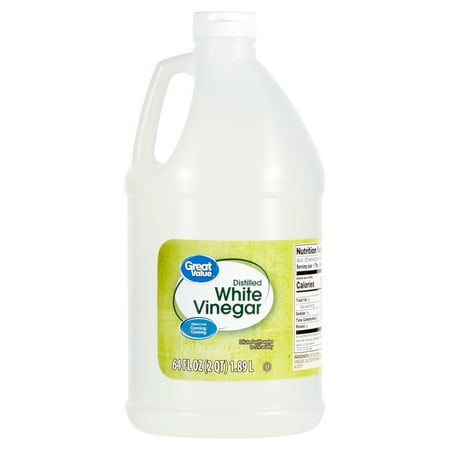
Vinegar is often touted as being better for bleach at killing mold due to its lower water content. It's also better for the environment and your health, making it a safer option all round for your home
When insulating a wall or working out how much it costs to insulate an attic, you should always factor in professional installation costs. Having an expert install your insulation will cost more than doing it yourself, but it will ensure it is installed correctly and has proper ventilation to prevent issues such as mold and slippage later down the line.







